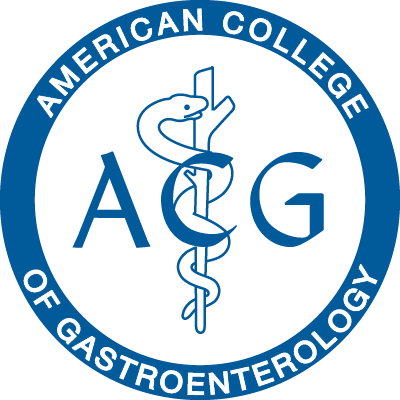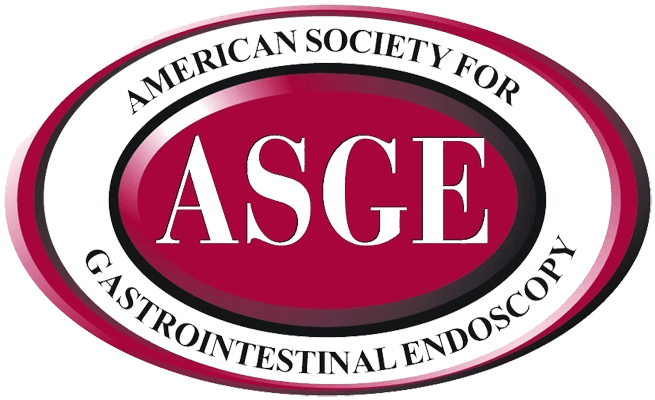Advanced Endoscopic ProcedureS
Endoscopic Submucosal Dissection (ESD)
Gastric ESD(top) and Rectal ESD(bottom)
Who does it benefit:
Patient who have large benign colon polyps who have been recommended general surgery by their GI or PCP.
Patient who have polyps/tumors in their GI tract that may be malignant or are suspicious and hence need to be removed. This technique is a minimally invasive technique that is an alternative to abdominal surgery and can be performed as an out-patient procedure.
It can be used to remove superficial cancers of the esophagus, stomach, colon, and rectum.
Who does ESD not benefit:
Patient who have advanced cancers that are invading deeper into the wall of the GI tract or have spread to surrounding lymph nodes or other organs. These patients will require extensive surgery and exploration.
Live recording of ESD procedure
ESD Closure and 3 month follow-up
Endoscopic Mucosal Resection (EMR) Large Polyps
EMR is a method for removing cancerous or precancerous lesions in the digestive tract without the need for an abdominal incision or the removal of a section of the intestines.
After injecting fluid into the base of the lesion to raise it, Gastroenterologist uses a snare or a suction cap to raise the lesion and excise it. EMR has the ability to remove lesions up to 2 cm. in one piece.
This procedure is also called Endoscopic Mucosectomy.
EMR procedure explained
Watch live recording of procedure
Weight Loss via Endoscopic Sleeve Gastroplasty (ESG)
ESG is a endoscopic procedure that is done for modifying the anatomy of the stomach to decrease the food intake. This in turn reduces the intake of calories causing weight loss. Using an over the scope, Overstich, Suturing device which allows for full thickness sutures to be placed in an interrupted or running pattern to decrease the volume of the stomach.
The two most commonly performed surgical procedures for weight loss are Roun-en-Y gastric bypass (RYGB) and the Sleeve gastrectomy (SG). Both these procedure involve resecting part of the stomach to reduce stomach capacity which helps patients feel full soon after eating and as a result eat less. These are both surgical procedures which require an abdominal incision (done laparoscopically) and prolonged recovery and have associated complications seen in all surgeries (bleeding, internal hernias, leaks and perforations). The new ESG procedure does not entail any cutting of the stomach, is done with the help of an endoscope inserted through the mouth and therefore has no abdominal incisions and the patients can be discharged home the same day.
Trans Oral Incisionless Fundoplication(TIF)
An Effective Solution for Chronic Acid Reflux. The Trans oral Incisionless Fundoplication(TIF) is a minimally invasive treatment for gastroesophageal reflux disease (GERD) that is performed in the outpatient setting. The TIF procedure is performed from inside the patient's stomach without incisions.
GERD is a chronic disease that affects over 3 million people in the US alone. Symptoms are first seen in babies and shows up again from young adults to old age.
GERD occurs when stomach acid or bile flows into the food pipe and irritates the lining. Having acid reflux and heartburn more than twice a week may indicate GERD. Symptoms include burning pain in the chest that usually occurs after eating and worsens when lying down.
Relief from lifestyle changes and over-the-counter medications is usually temporary. Stronger medication and even surgery may be needed for extreme cases.
TIF procedure is explained in a simulated environment








